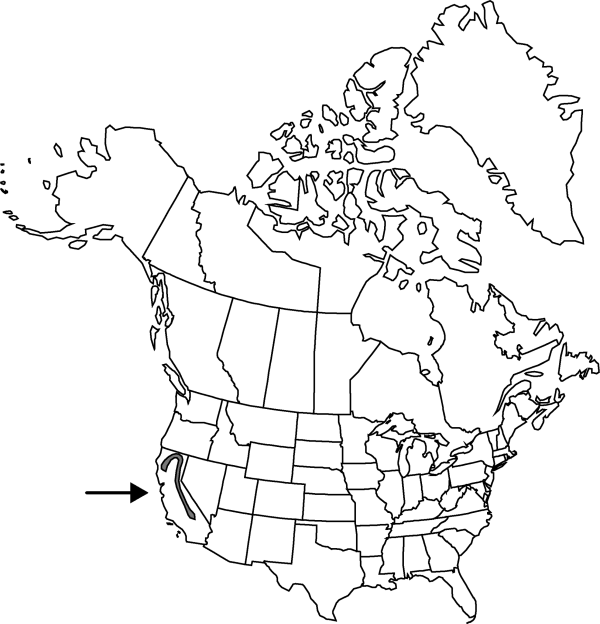Difference between revisions of "Claytonia palustris"
Mad roño 34: 155, figs. 1, 2. 1987.
Common names: Marsh claytonia
Endemic
imported>Volume Importer |
imported>Volume Importer |
||
| Line 50: | Line 50: | ||
|publication year=1987 | |publication year=1987 | ||
|special status=Endemic | |special status=Endemic | ||
| − | |source xml=https:// | + | |source xml=https://bitbucket.org/aafc-mbb/fna-data-curation/src/2e0870ddd59836b60bcf96646a41e87ea5a5943a/coarse_grained_fna_xml/V4/V4_937.xml |
|genus=Claytonia | |genus=Claytonia | ||
|species=Claytonia palustris | |species=Claytonia palustris | ||
Latest revision as of 23:01, 5 November 2020
Plants perennial, rhizomatous, stoloniferous; periderm absent. Stems 10–60 cm. Leaves: basal leaves petiolate, 8–30 cm, blade oblanceolate, 6–12 × 0.1–1 cm; cauline leaves distinctly petiolate, unequal, blade linear to spatulate, 3–15 cm. Inflorescences multi-bracteate; bracts 3–10 mm. Flowers 8–14 mm diam.; sepals 4–6 mm; petals candy-striped, white, or pink, 6–10 mm; ovules 6. Seeds (1–)3, 2–3 mm diam., shiny and smooth; elaiosome 1–2 mm. 2n = 12.
Phenology: Flowering May–Aug.
Habitat: Meadows, springs, seeps, moist stream banks
Elevation: 500-2000 m
Discussion
Selected References
None.
Lower Taxa
None.
